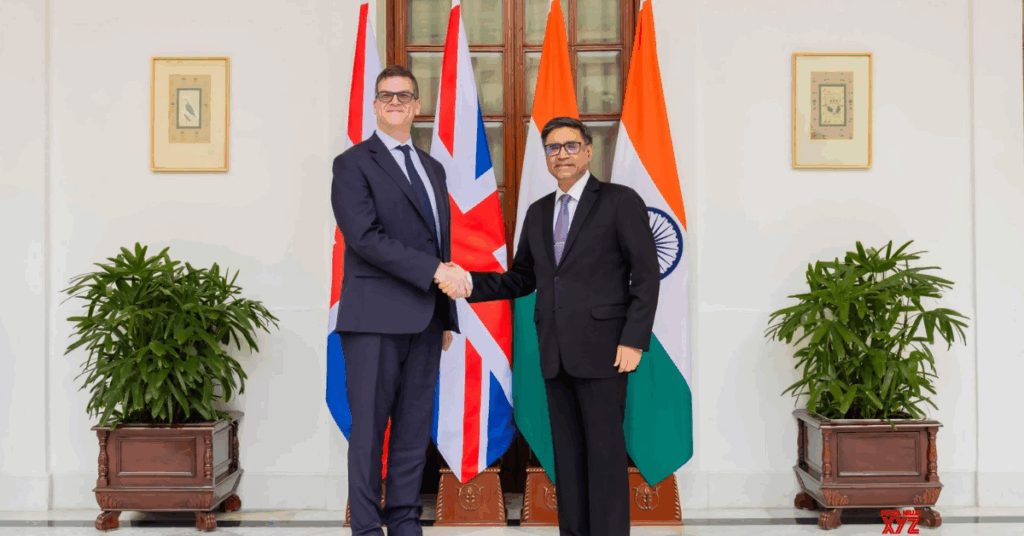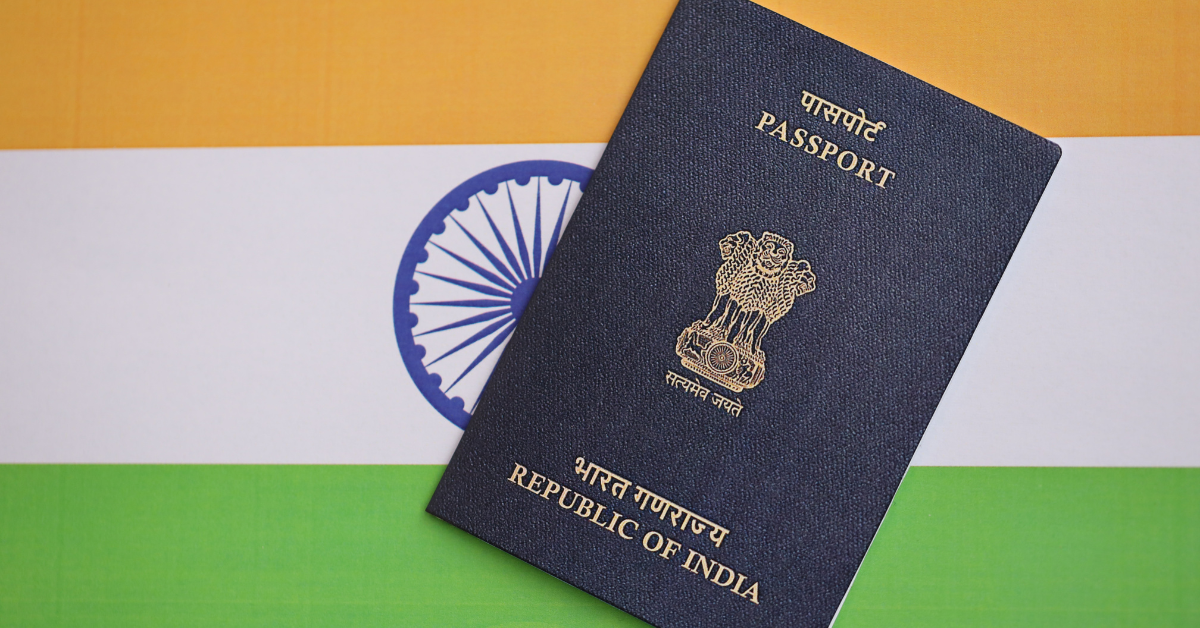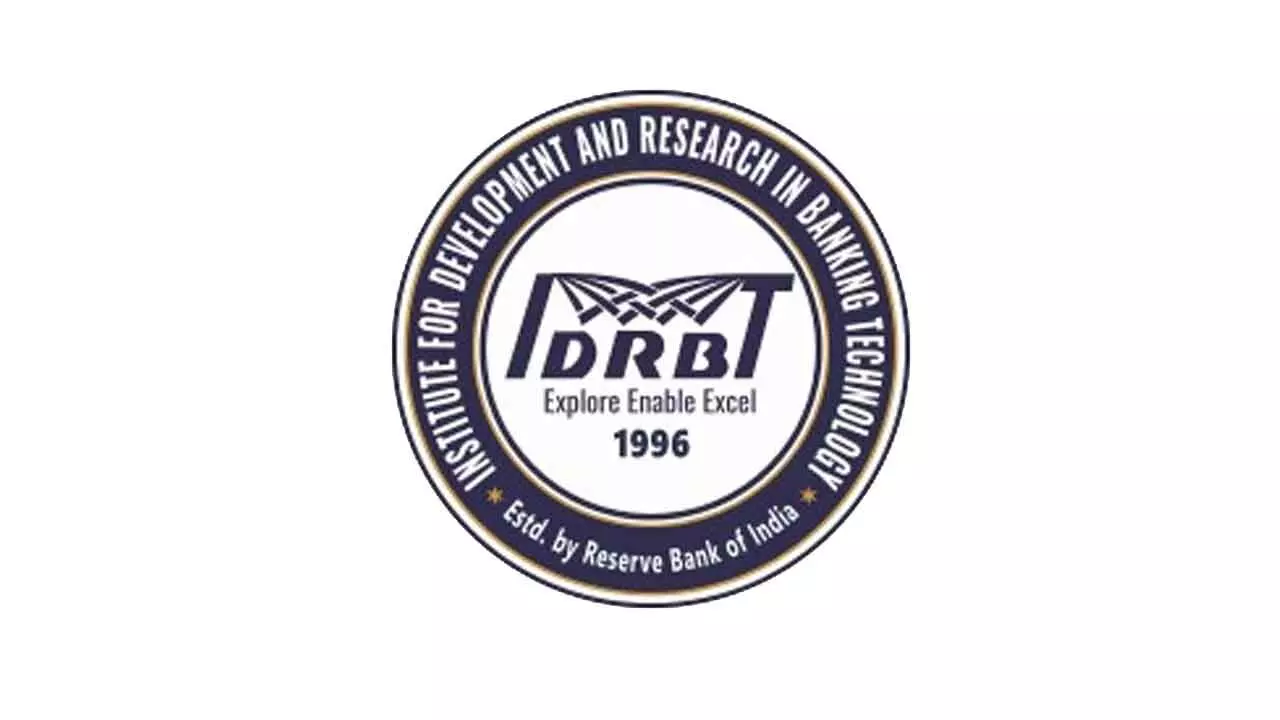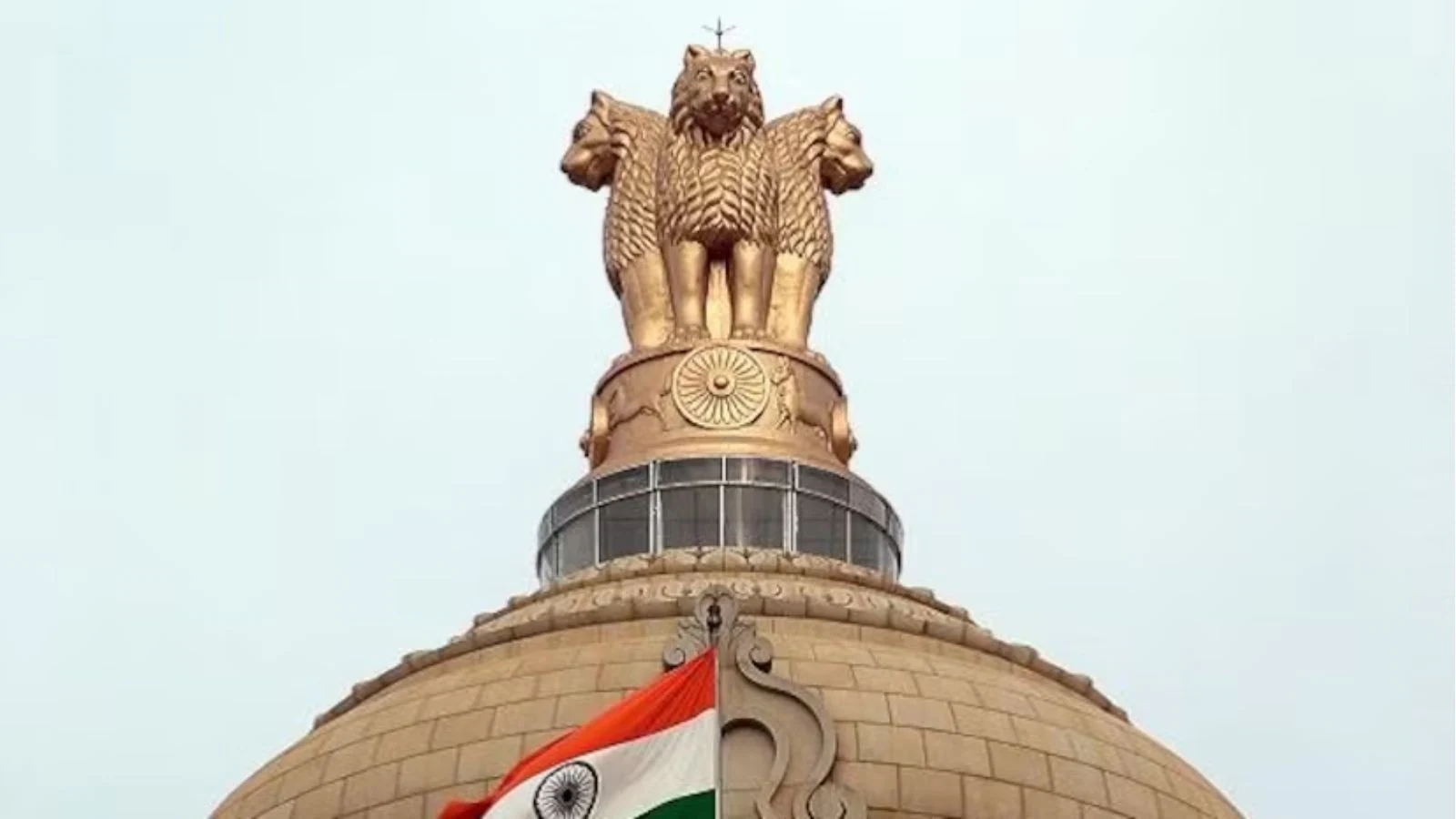
India uk foreign office consultations bolster strategic ties
India and the UK have reaffirmed their commitment to a stronger bilateral partnership following recent foreign office consultations. These discussions served as a platform to review the comprehensive strategic partnership, identifying areas for enhanced collaboration and setting the stage for future joint initiatives. Both nations expressed a shared desire to deepen cooperation across various sectors, reflecting the mutual importance placed on the relationship.
The consultations highlighted the increasing convergence of interests between India and the UK on a range of global issues. Officials engaged in productive dialogue, exchanging perspectives on regional security, multilateral cooperation, and emerging challenges. This commitment to open communication underscores the importance both countries place on their ability to navigate complex international landscapes together. The dialogue also emphasized the mutual benefits of increased strategic exports and technology cooperation.
Key Discussion Points
The foreign office consultations centred around several key areas crucial to the India-UK relationship. Discussions involved strengthening cooperation in multilateral forums, with both sides reiterating their commitment to upholding international law and promoting a rules-based global order. Counter-terrorism efforts were also a significant focus, with both nations pledging to enhance intelligence sharing and collaborative measures to combat the threat of terrorism in all its forms. Officials also addressed regional security concerns, exchanging views on developments in their respective neighbourhoods and exploring avenues for joint initiatives to promote stability.
Climate change featured prominently in the dialogue, reflecting the shared commitment of India and the UK to addressing this global challenge. Both sides explored opportunities for collaboration on renewable energy, sustainable development, and climate finance. Furthermore, the discussions encompassed cooperation in the Indo-Pacific region, with both countries emphasizing the importance of maintaining freedom of navigation and promoting inclusive growth and security. The India-UK partnership aims to contribute to a stable and prosperous Indo-Pacific.
Beyond these broad themes, the foreign office consultations also addressed specific areas for enhanced collaboration. These included promoting educational exchanges, fostering cultural understanding, and strengthening people-to-people ties. Both India and the UK recognise the importance of nurturing these connections to build a deeper and more resilient partnership for the future. Increased strategic exports and technology cooperation were also identified as vital components of the economic partnership, driving innovation and creating new opportunities for growth in both countries.
Defence And Security Cooperation
Defence and security cooperation emerged as a central pillar of the India-UK strategic partnership during the foreign office consultations. Both sides expressed a firm commitment to deepening collaboration in these critical areas, recognising the shared security challenges they face in a complex global environment. Discussions focused on enhancing military-to-military engagement through joint exercises, training programmes, and personnel exchanges. This increased interaction aims to improve interoperability and build mutual understanding between the armed forces of both nations.
Maritime security in the Indo-Pacific region was a key area of focus, with both India and the UK reaffirming their commitment to maintaining a free, open, and inclusive maritime domain. They acknowledged the importance of safeguarding sea lanes of communication and ensuring the peaceful resolution of maritime disputes, in accordance with international law. The dialogue included discussions on potential joint maritime exercises and information sharing to enhance maritime domain awareness and promote regional stability.
Furthermore, the foreign office consultations explored opportunities for enhanced defence industrial cooperation. Both countries recognised the potential for collaboration in defence technology development and manufacturing, with a focus on promoting technology cooperation and strategic exports. Discussions covered potential joint ventures, technology transfers, and co-production initiatives, aiming to strengthen India’s defence manufacturing capabilities and foster innovation in the defence sector. The India-UK partnership seeks to leverage the strengths of both nations to enhance their defence capabilities and contribute to regional security.
Trade And Investment Opportunities
The India-UK partnership is poised to unlock significant trade and investment opportunities, building upon the existing robust economic ties. The recent foreign office consultations underscored the commitment of both nations to deepen their economic engagement, setting ambitious targets for future growth. Discussions centred on streamlining trade procedures, reducing barriers to investment, and fostering a more conducive environment for businesses to thrive.
A key focus of the dialogue was the ongoing negotiations for a comprehensive Free Trade Agreement (FTA). Both sides expressed optimism about the progress made so far and reiterated their determination to conclude a mutually beneficial agreement that will unlock significant economic potential. The FTA is expected to boost trade in goods and services, promote investment flows, and create new jobs in both countries. The India-UK partnership aims to establish a modern and ambitious trade framework that reflects the evolving needs of their economies.
Beyond the FTA, the foreign office consultations also explored sector-specific opportunities for enhanced collaboration. These included renewable energy, healthcare, technology, and infrastructure. Both India and the UK recognise the potential for joint ventures and investment partnerships in these sectors, leveraging their respective strengths and expertise. The discussions highlighted the importance of promoting innovation, facilitating technology cooperation, and creating a level playing field for businesses to compete.
The consultations also addressed the importance of promoting strategic exports and technology cooperation. Both sides recognised the potential for enhanced collaboration in areas such as defence, aerospace, and cybersecurity. The India-UK partnership aims to facilitate technology transfers, promote joint research and development, and create new opportunities for businesses to participate in global value chains. These efforts are expected to drive innovation, create high-skilled jobs, and strengthen the economic resilience of both countries. The dialogue also emphasized the importance of supporting small and medium-sized enterprises (SMEs) to access new markets and participate in global trade.
















